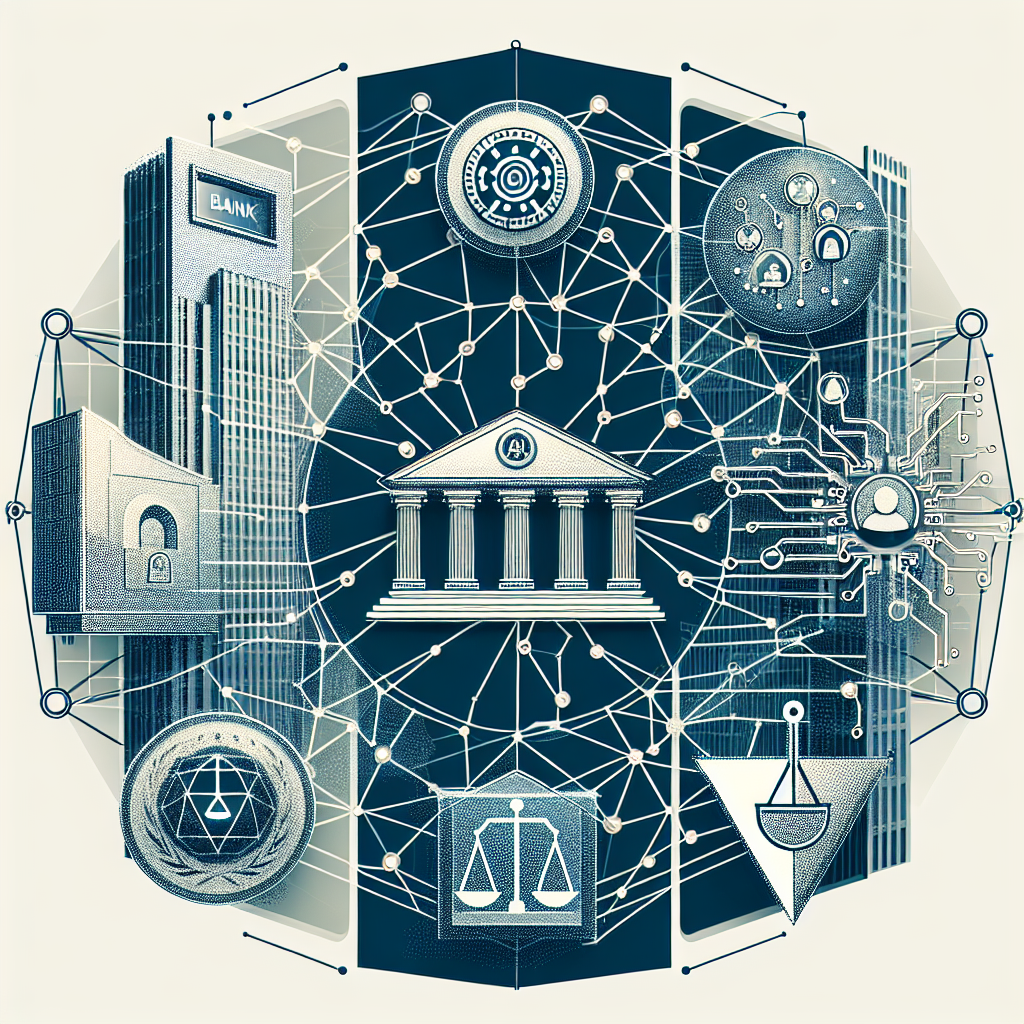In today’s fast-paced and ever-changing world, the importance of risk assessment and mitigation strategies in banking cannot be overstated. With the rise of new technologies, such as artificial intelligence (AI), banks are now able to enhance their risk management processes to better protect themselves and their customers from potential threats.
AI is a powerful tool that has the ability to analyze vast amounts of data in real-time, making it ideal for identifying and predicting potential risks in the banking sector. By utilizing AI, banks can improve their risk assessment and mitigation strategies in several key areas:
1. Fraud Detection: One of the most critical risks facing banks is fraud. With AI, banks can analyze customer behavior patterns and detect any anomalies that may indicate fraudulent activity. AI algorithms can quickly flag suspicious transactions and alert bank officials, allowing them to take immediate action to prevent financial loss.
2. Credit Risk Assessment: AI can also help banks assess the credit risk of potential borrowers more accurately. By analyzing a wide range of data points, including credit history, income, and spending habits, AI algorithms can provide a more comprehensive picture of an individual’s creditworthiness. This allows banks to make more informed lending decisions and reduce the risk of default.
3. Cybersecurity: Cyberattacks are a growing threat to banks, with hackers constantly evolving their tactics to breach security systems. AI can help banks strengthen their cybersecurity measures by continuously monitoring network activity and identifying potential vulnerabilities. AI-powered systems can also detect and respond to security breaches in real-time, mitigating the risk of data theft and financial loss.
4. Compliance: Banks operate in a highly regulated environment, with strict compliance requirements that must be adhered to. AI can help banks streamline their compliance processes by analyzing regulatory guidelines and automatically flagging any potential violations. This not only reduces the risk of regulatory fines but also helps banks maintain a strong reputation with customers and stakeholders.
Overall, AI is revolutionizing the way banks approach risk assessment and mitigation strategies. By leveraging the power of AI, banks can enhance their ability to identify and respond to potential risks in a timely and proactive manner, ultimately improving their overall operational efficiency and security.
FAQs:
Q: How does AI improve fraud detection in banking?
A: AI algorithms can analyze customer behavior patterns and detect anomalies that may indicate fraudulent activity. By flagging suspicious transactions in real-time, AI helps banks prevent financial loss due to fraudulent activity.
Q: Can AI help banks assess credit risk more accurately?
A: Yes, AI can analyze a wide range of data points, including credit history, income, and spending habits, to provide a comprehensive picture of an individual’s creditworthiness. This allows banks to make more informed lending decisions and reduce the risk of default.
Q: How does AI enhance cybersecurity in banking?
A: AI-powered systems can continuously monitor network activity and identify potential vulnerabilities, helping banks strengthen their cybersecurity measures. AI can also detect and respond to security breaches in real-time, mitigating the risk of data theft and financial loss.
Q: How does AI streamline compliance processes in banking?
A: AI can analyze regulatory guidelines and automatically flag potential violations, helping banks ensure compliance with regulatory requirements. This reduces the risk of regulatory fines and helps banks maintain a strong reputation with customers and stakeholders.

